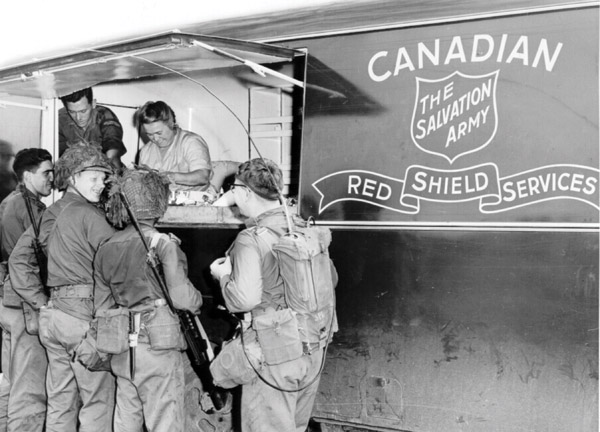 The history of civilization is an account of wars that have been won and lost. Since its inception, The Salvation Army has supported military personnel while at the same time eschewing war. We are “the worldwide Army without guns.”
The history of civilization is an account of wars that have been won and lost. Since its inception, The Salvation Army has supported military personnel while at the same time eschewing war. We are “the worldwide Army without guns.”
The written record of Salvationist service to the armed forces is varied, though it barely captures the extent of Christian service to victors and victims alike, guided by leaders such as General Bramwell Booth who said, “Every land is my fatherland, for all lands are my Father's,” and who removed the word “foreign” from the Salvation Army's official vocabulary.
During the Boer War in South Africa, around the turn of the last century, the Army provided assistance and support to military and civilian personnel. Several years earlier, in 1894, William Booth founded the Naval and Military Union, later known as The Naval, Military and Air Force League of The Salvation Army. Officers serving in the league provided chaplaincy and “homelike” meeting places, the forerunner of Red Shield Centres.
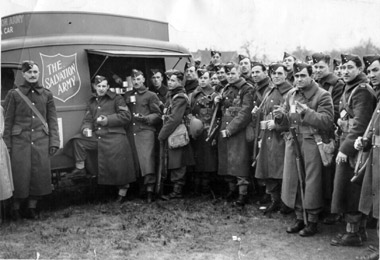
Within a few days of the commencement of the First World War, the Army offered help to the troops. Salvation Army officers served as official and unofficial chaplains and gave general assistance to the soldiers. Eight Canadian officers served in the Canadian forces as fully commissioned military chaplains. International Headquarters donated 30 ambulances, and the Salvationist drivers formed a brass band that provided impromptu concerts.
American Salvationists became known during the First World War for their doughnuts. Evangeline Booth wrote of their hugely appreciated ministry in The War Romance of The Salvation Army. She said, “One of our women officers on being told by the colonel of the regiment she would be killed if she persisted in serving her doughnuts and cocoa to the men while under heavy fire replied, 'Colonel, we can die with the men but we cannot leave them.' ”
Australian Brigadier William McKenzie volunteered for service with the Australian troops during the First World War and was appointed chaplain. He became legendary. Moving across the shell-shocked slopes he heard a fatally wounded soldier faintly calling, “Padre, do you know a Catholic prayer?”
“Say after me, my boy,” said McKenzie. “God be merciful to me a sinner. I lay my sins on Jesus.” This was McKenzie's message to soldiers in life and in death.
One of the Salvationists who received the Victoria Cross during the First World War was a Salvationist adherent, who is buried in Owen Sound, Ont. Among Canadian Salvationists serving in the war effort was Major Alf Steele of Montreal who had been a chaplain and played a crucial part in arranging for the Army's huge involvement. He was the author of the memorandum of agreement between the Army and the Canadian government. The Army was the first civilian body to offer its services to the government in the event of war.
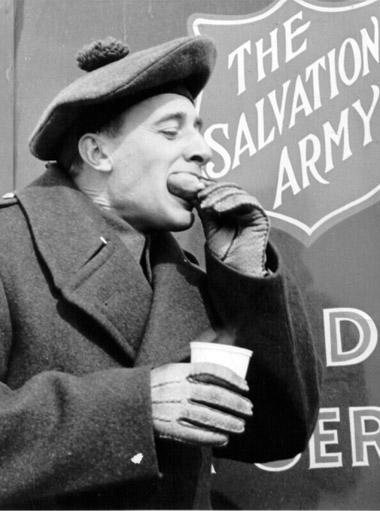
During the Second World War, more than 400 Canadian Salvationists, both officers and soldiers, served with The Salvation Army Red Shield Auxiliary Services overseas or in Canada. Some were chaplains, but most were designated supervisors and were responsible for Red Shield Centres, often including canteens.
In the early 1940s, Clarence Wiseman, later General of The Salvation Army, was appointed chaplain to a battalion of engineers. Late in 1942, he received orders from territorial headquarters to resign his military commission and assume oversight of the Army's War Services as Red Shield Senior Representative.
Canadian Red Shield service centres, manned by Army officers, continued to serve Canadian Armed Forces in West Germany during the Cold War, with the opening of a centre near Hannover in 1952. The last Red Shield Centre was located at CFB Lahr, Germany, and closed in the summer of 1993.
It is apparent that there were two distinct ministries to the military during the World Wars and beyond. The first was the Red Shield Services, which still exist in the Australian and U.K. territories. Scott Young's book, The Red Shield in Action, tells of Salvationist service by personnel who were embedded with the troops, which included operating mobile canteens and offering spiritual support and counselling.
The second distinct ministry is military chaplaincy. Canada's only full-time Salvation Army military chaplain is Captain Patrick Lublink (he holds the rank of major in the military) who is senior Canadian chaplain for the Supreme Headquarters Allied Powers in Europe. Prior to this, he served as protestant chaplain to the Royal Military College in Kingston, Ont. Captain Lublink is a product of the Canadian Red Shield Services, having met The Salvation Army and his wife in Lahr in 1977.
With no end in sight to armed conflicts, The Salvation Army will continue in its conquest to bring God's love, peace and forgiveness to a broken world.
Lt-Colonel Max Ryan is retired in Burlington, Ont., where he serves as a part-time hospital chaplain and amateur Army historian.
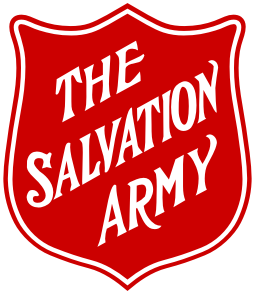
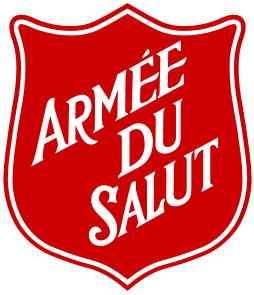


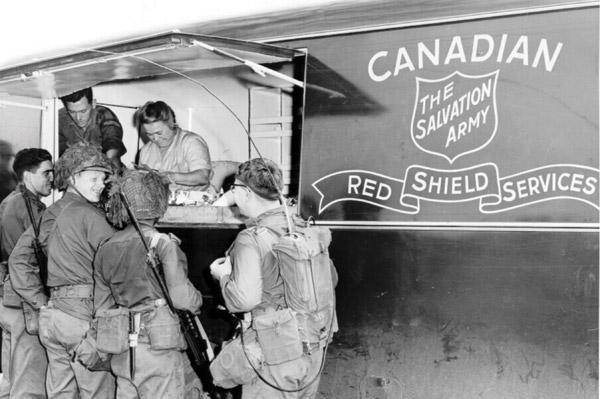
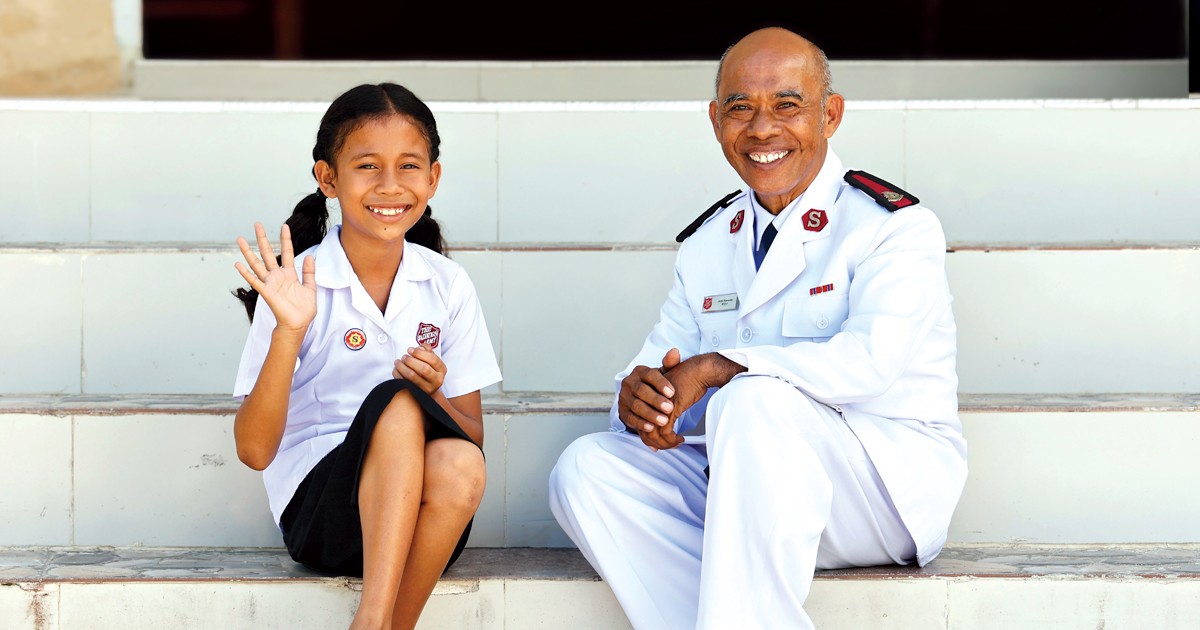

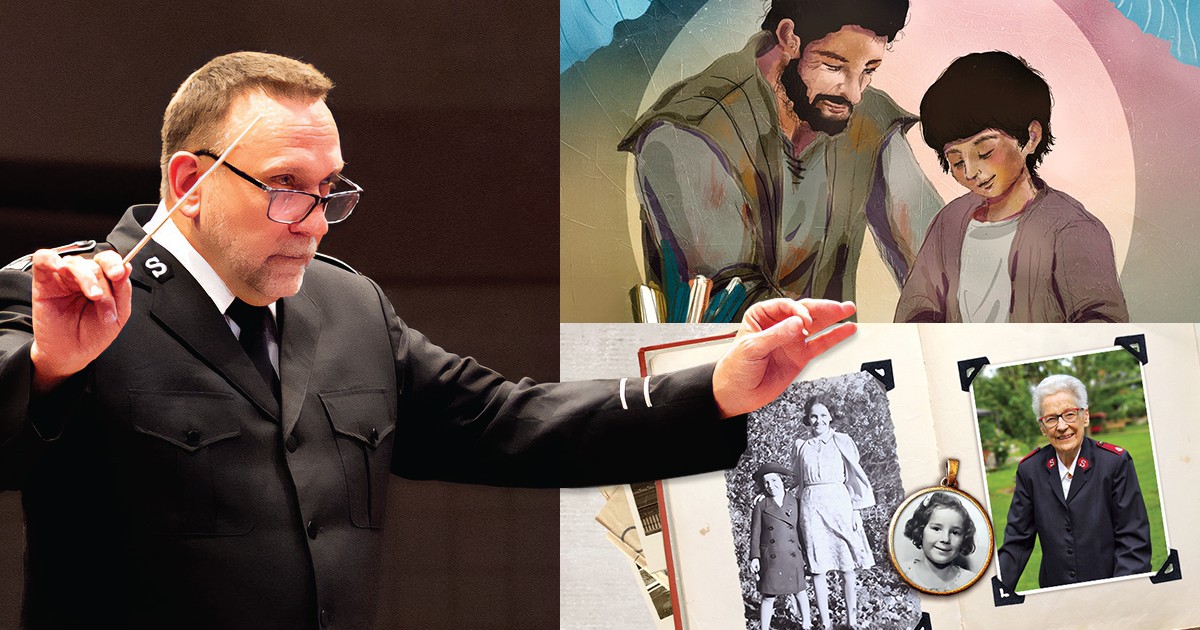


Garry